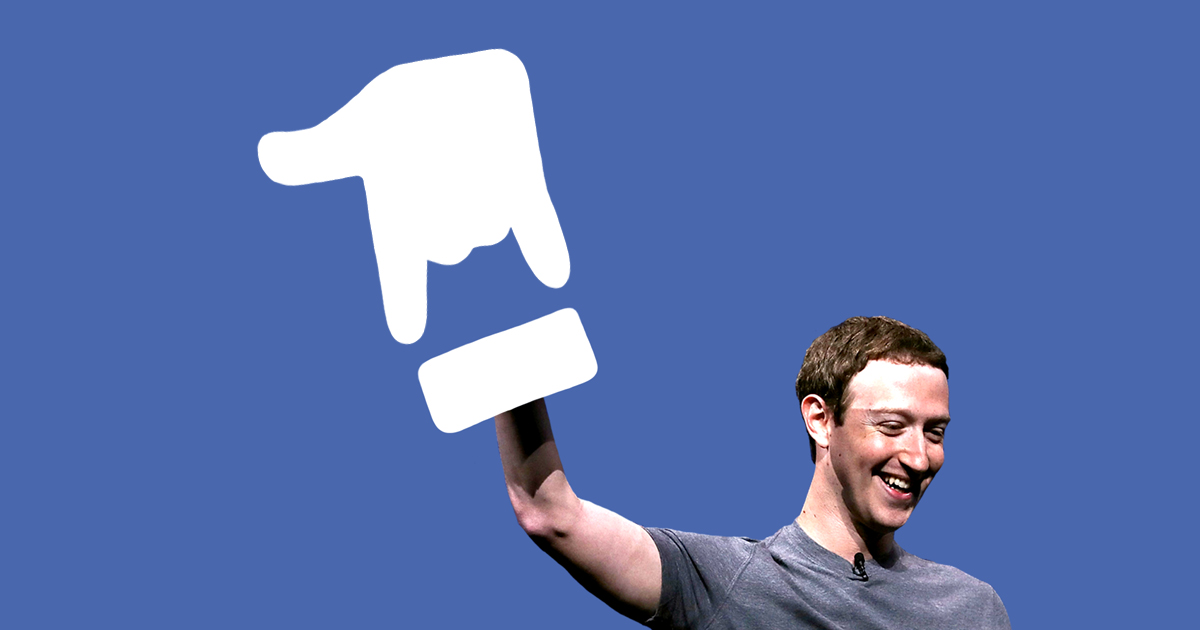Facebook, in recent days, has been embroiled in scandal after scandal. On Wednesday, it was revealed that the initial numbers exposed by the Facebook data leaks were far higher than the 50 million declared by the social media platform. In fact, the numbers are closer to 87 million, a good 30 million more than the declared figures! However, with Zuckerberg’s confessions in front of the Congress, the other scandals Facebook has been going through has been brought to light.
1. Cambridge Analytica
Cambridge Analytica, the political analysis firm, acquired the data of millions of Facebook users via an app created by a Professor at Cambridge. The data breach was considered a massive violation of information and was also linked to the 2016 Trump Presidential Elections. According to recently revealed reports, the analytics firm had used the revealed information to get an idea of the voters way ahead of the elections. The revelations sparked a massive reaction from the Senators in Washington. This, in turn, led to the #DeleteFacebook moment, with Zuckerberg being summoned to testify against the issue. After a long and omminous silence, he came forward and clarified all the questions posed by the members. The issue is still going on, without a clear idea on the resolve.
2. Retaining deleted videos of the users
One of Facebook’s responses to the Cambridge Analytica incident was to allow users to download their data archive on the social network in order for users to fully understand what information Facebook stores. This move inadvertently trigged more outcry when users discovered that videos recorded on the platform they had thought they had deleted were still present in Facebook’s archives. Facebook in turn, apologized and called the retention an unintentional “bug.” But the error will likely do little to reassure the public in the wake of a much larger ongoing scandal.
3. Facebook’s internal struggles
When the entire date leaks breach happened, Andrew Bosworth, the Vice President of Facebook, said the growth of Facebook as a company was far more important than the breach of certain individual’s privacy. This sparked off a huge controversy, with Bosworth going on record to clarify that he didn’t mean what he said.
4. The Russian Meddling
One of the dominant scandals of the 2016 Trump Presidential elections was the fact that Facebook had allowed the Russians to spread their political propaganda on the social networking site. Facebook had admitted last year that fake Russian accounts had been purchased for more than $ 100,000 in ads. Facebook was additionally implicated in its role of distributing misinformation, also known as “fake news,” from phony news sites, more often than not targeted at Hillary Clinton during the campaign, but rampant on both sides nonetheless.
5. Photo and link scan over messenger
One of the other privacy infringements which came to light during the data leaks breach was the fact that Facebook scans images and links sent via messenger. According to the company policy, the policy is followed to make sure the content used is as per Facebook standards. While the practice may seem standard, users took offence to the policy as they felt it was an impeachment to their privacy rights. Facebook has said it is looking into the issue and will get it fixed as soon as possible.
With Mark Zuckerberg coming forward and saying he will address everyone’s concerns with what is perhaps the largest online social media platform, the issue looks to be resolved soon.


irv51
June 7, 2025 at 11:16 pm
clomid bula profissional clomiphene for sale in usa how much is clomid without insurance get clomid pills order generic clomiphene prices where can i buy cheap clomid how to get clomiphene
ios超级签
November 8, 2025 at 10:26 pm
苹果签名,苹果超级签平台,ios超级签平台ios超级签苹果企业签,苹果超级签,稳定超级签名
iwin
November 10, 2025 at 10:05 am
iwin – nền tảng game bài đổi thưởng uy tín, nơi bạn có thể thử vận may và tận hưởng nhiều tựa game hấp
站群程序
November 12, 2025 at 2:06 pm
搭载智能站群程序,自动化搭建与管理,为SEO项目提供核心驱动力。站群程序
GO88
November 12, 2025 at 7:34 pm
Tham gia cộng đồng game thủ tại Go88 để trải nghiệm các trò chơi bài, poker phổ biến nhất hiện nay.
MM88
November 13, 2025 at 6:59 pm
Khám phá thế giới giải trí trực tuyến đỉnh cao tại MM88, nơi mang đến những trải nghiệm cá cược thể thao và casino sống động.
J88
November 19, 2025 at 1:38 pm
Đến với J88, bạn sẽ được trải nghiệm dịch vụ cá cược chuyên nghiệp cùng hàng ngàn sự kiện khuyến mãi độc quyền.
Kuwin
November 23, 2025 at 12:19 pm
kuwin sở hữu kho game đa dạng từ slot đến trò chơi bài đổi thưởng, mang đến cho bạn những giây phút giải trí tuyệt vời.